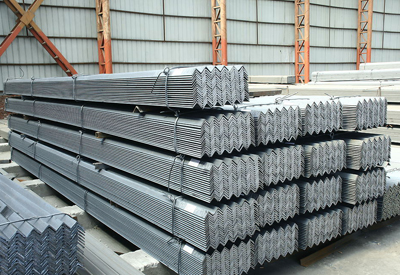Ferro-alloys.com:As South Korea's steel industry and customers have been hit hard by the new crown pneumonia pandemic, South Korean scrap steel imports fell to a 20-year low in 2020.
According to Chinese customs data, scrap iron imports fell 32% from 2019 to 4.39 million tons. This is the lowest level since 41,400 tons in 2000. In December, scrap iron imports increased by 25% month-on-month and fell by 26% year-on-year to 383,985 tons.
Earlier this year, steel producers reduced production due to weak steel demand in domestic and foreign markets. Steel mills purchase most of the scrap from the domestic market, reducing seaborne purchases. World steel data shows that from January to November this year, South Korea’s crude steel production fell by 7.2% to 60.8 million tons.
Japan is still South Korea's largest scrap iron exporter, but its exports were only three-quarters of last year's, at 2.95 million tons. Japan’s imports in December accelerated compared to November last year, but fell by nearly a third from the same period last year. In the second half of this year, when domestic supply became tight, steel mill buyers became more interested in Japanese scrap, but as Japanese scrap prices soared, they reduced their purchases.
Russia has surpassed the United States to become South Korea's second largest supplier, and its export volume has slowed down. South Korean steel mills are targeting more Russian scraps because they are of high quality and reasonable prices.
U.S. scrap imports halved to 496,000 tons in 2020, but showed an upward trend at the end of the year, with an acceleration of 321% in December compared to November.
All remaining scrap is also cut in half. Later this year, South Korean steel mills became more active in the shipping market due to the rebound in demand for steel and domestic scrap recycling could not meet the demand. As the output of steel plants picks up, imported scrap may increase in early 2021.missions."
- [Editor:zhaozihao]



 Save
Save Print
Print Daily News
Daily News Research
Research Magazine
Magazine Company Database
Company Database Customized Database
Customized Database Conferences
Conferences Advertisement
Advertisement Trade
Trade




 Online inquiry
Online inquiry Contact
Contact

Tell Us What You Think